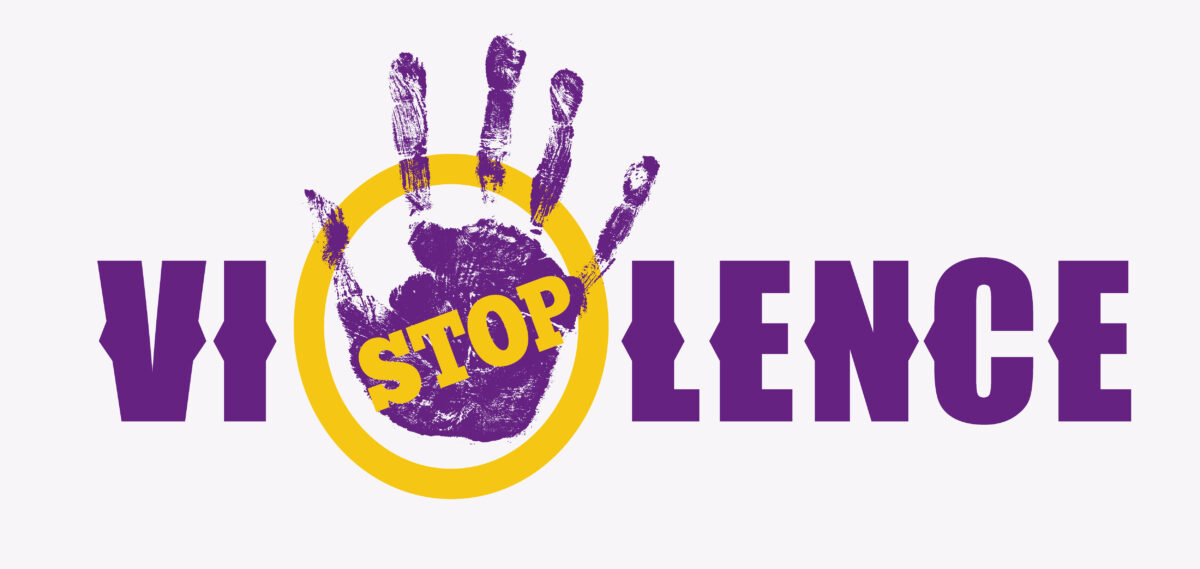Types of Sexual Assault: What You Need to Know
Sexual assault is any undesired sexual contact. Sexual violence occurs in every community and influences people of all spans. This form includes expressions and activities of a sexual nature against an individual’s will or, most times, without their consent. To commit sexual violence, a person may apply body strength, fulminations, manipulation, or coercion.
Types of Sexual Assault
Sexual assault centers say that a perpetrator is someone the victim identifies, such as acquaintance rape or intimate partner sexual violence. Most sexual assaults are by someone that the victim knows. To understand sexual assault, it’s important to know the types of sexual assault:
1. Intimate Partner Sexual Violence
Various words refer to sexual assault committed by a person in a relationship with the victim, counting intimate partner sexual violence, domestic violence, intimate partner rape, marital and spousal rape. No matter what terminology is used or how the bond is defined, it is never okay to immerse in a sexual act without consent.
2. Statutory Rape
Statutory rape or child sexual abuse is classified as unlawful intercourse with a minor. Several laws mandate that an adult cannot have sex with a minor, and a minor cannot have sex with another minor, even if the intercourse was consensual. A young person cannot consent to any form of sexual activity.
3. Acquaintance Rape
The term acquaintance rape is sometimes used to refer to date rape. The person responsible for acquaintance rape can be a date, a classmate, a neighbor, a friend’s significant other, or identity. It is essential to note that past intimacy and other acts like kissing do not give someone consent intended for increased or unrelenting sexual contact.
4. Stranger Rape
In different cases, the victim may not know the person behind them at all. This type of sexual violence is often referred to as stranger rape. Stranger rape can transpire in several different ways:
- Blitz sexual assault is when a perpetrator swiftly and brutally assaults the victim with no former contact, usually at nighttime in a communal place.
- Home invasion sexual assault is when an intruder breaks into the victim’s residence to commit the act of assault.
- Contact sexual assault is when a perpetrator associates with the victim and tries to gain their trust by luring the victim to their space or a situation where the sexual assault will occur.
5. Incest
The word incest quotes sexual contact among family members. The law for this type of assault refers to crimes of incest: child sexual abuse, sexual assault, and rape. Despite the consequences of laws, unwanted sexual contact from a family member can have a long-lasting, mentally disturbing effect on the survivor.
6. Spousal or Partner Rape
Sexual violence often works alongside abusive behavior. Spousal or partner rape is between two individuals who are in a relationship. Individuals whose partner has been physically abused have often experienced sexual abuse and have not revealed or become conscious sexual violence does not always consist of physical violence, making it difficult to admit the abuse.
7. Serial Rape
It is the most habitually sensationalized type of rape because of the gruesome nature of the assaults and the opportunity to prey on the individual’s uncertainties. The word serial rape describes a succession of rapes committed on diverse occasions by the same person.
8. Substance Facilitated Rape
Sexual assault centers say that this type of sexual assault occurs when specific alcohol or drugs are used to negotiate an individual’s ability to consent to sexual acts. These drugged substances make it easier for the perpetrator to commit sexual assault because they restrain their ability to refuse to accept or even prevent them from recollecting who the assailant is.
Want to learn more about sexual assault and the services available for the victims of sexual assault? Contact WFC today!

